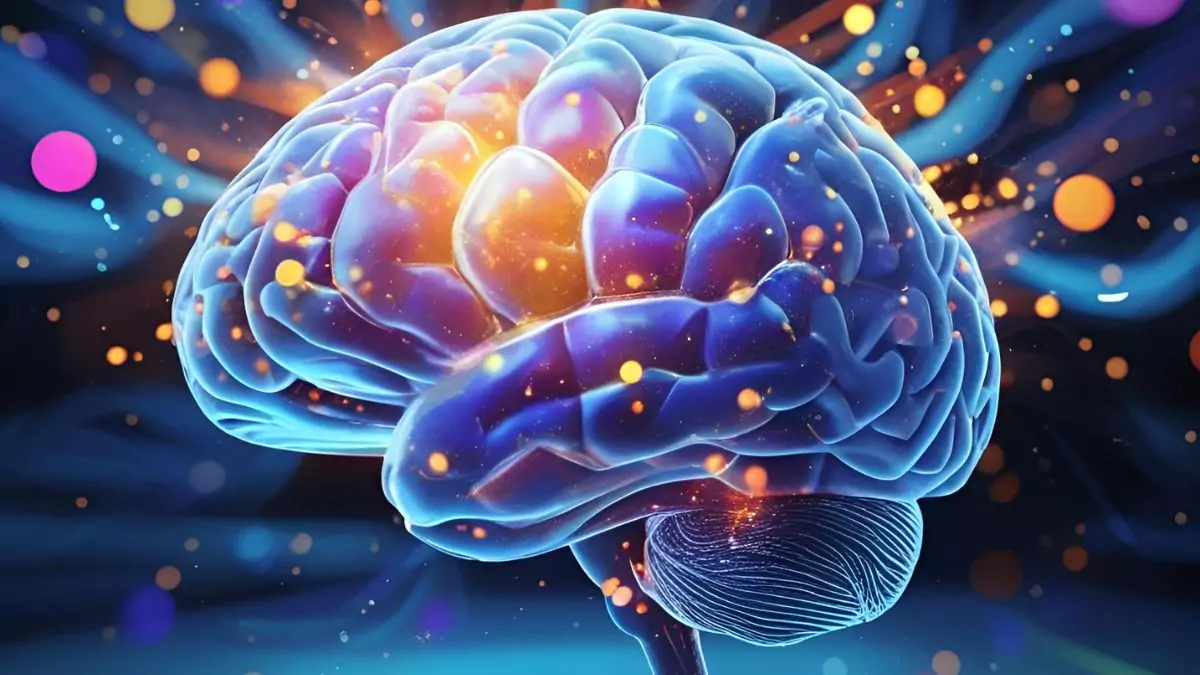Creativity is one of the most sought-after—and misunderstood—skills in today’s world. Whether you’re a writer, entrepreneur, student, or professional, you’ve probably found yourself thinking, “Why can’t I come up with anything original right now?” Or worse, “What if I’ve run out of ideas altogether?”
Here’s the truth: creativity isn’t something you run out of—it’s something you either tap into or block. The good news? With the right mindset and tools, you can unlock creativity more naturally and consistently—without forcing it or waiting for a “lightbulb moment.”
The Myth of Constant Inspiration
Movies and media often paint creatives as people who get struck by brilliant ideas out of nowhere. But in real life, creativity isn’t random—it’s a mental process that can be supported or suppressed.
Unfortunately, modern life often sabotages creativity more than it supports it. Constant stimulation, information overload, and the pressure to “produce” all the time create conditions where original thought struggles to survive.
What’s Really Happening in the Creative Brain?

Neuroscience has shown that creativity involves two major brain systems:
- The Default Mode Network (DMN) – active during daydreaming and introspection. This is where wild ideas and connections are born.
- The Executive Control Network (ECN) – helps evaluate, refine, and shape those ideas into something useful.
To be creative, you need a balance between the two. But if you’re constantly stressed, multitasking, or stuck in overthinking mode, that balance gets thrown off. The ECN takes over and blocks the DMN, leaving you stuck in a rut of logic and analysis.
Signs Your Creativity Is Being Blocked
Do any of these feel familiar?
- You sit down to create and feel instantly blank or anxious.
- You second-guess every idea before giving it a chance.
- You struggle to focus or get “in the zone.”
- You’re constantly comparing yourself to others.
- You feel burned out—even when you’re not doing much.
These are symptoms of a cluttered or overloaded brain, not a lack of talent or imagination.
How to Gently Unblock Creativity

The solution isn’t to push harder. Creativity doesn’t respond well to pressure—it thrives in environments of mental spaciousness and emotional safety.
Here are some simple ways to cultivate that:
1. Create Space, Not Just Time
A common mistake is blocking out time to be creative, but filling that time with distractions or expectations.
Instead:
- Put your phone in another room.
- Set a gentle timer (e.g., 25 minutes) for uninterrupted focus.
- Give yourself permission to make bad ideas—it often leads to great ones.
2. Get Bored on Purpose
Yes, you read that right. When your brain gets bored, it starts looking inward for stimulation—and that’s where creativity lives.
Try:
- Taking a walk without a podcast or music
- Sitting quietly with a notebook and no prompt
- Driving in silence
These “boring” moments allow your Default Mode Network to activate, making unexpected connections and sparking new ideas.
3. Shift Brainwave States
You may not realize this, but your brain operates at different frequencies depending on your mental state. During creative flow, your brain often dips into alpha (relaxed focus) and theta (deep insight and imagination) brainwaves.
Here’s what they do:
- Alpha waves (8–12 Hz): Support calm alertness and daydreaming.
- Theta waves (4–8 Hz): Promote creative insight, idea generation, and subconscious processing.
Many creatives access these states naturally during meditation, showers, or deep focus—but certain audio tools can also guide your brain there intentionally.
4. Try “Creative Priming”
Before starting a creative session, try these 5-minute rituals:
- Freewriting: Write continuously without editing.
- Visual input: Look at artwork, colors, or patterns.
- Play: Engage in something lighthearted, like doodling or moving your body to music.
This primes your brain for non-linear thinking—and it works faster than you’d expect.
5. Take the Pressure Off
Sometimes, the reason creativity feels blocked is because you’re demanding a masterpiece on the first try.
Instead, shift your mindset:
- “I’m just exploring right now.”
- “This doesn’t have to be good—it just has to be real.”
- “Every bad idea clears the way for a better one.”
Permission is one of the most powerful creative tools you can give yourself.
The Surprising Role of Rest
One of the biggest creativity killers is mental fatigue. If your mind is constantly in “output mode,” it has no time to recharge. This is where rest comes in—not just physical rest, but mental stillness.
When you regularly allow your brain to slow down, something magical happens: insights bubble up without force. This is where many people experience breakthroughs.
Sound-based tools, brainwave guidance audios, and other gentle supports can be surprisingly effective at helping you reach this calm, fertile mental space—even if you only have a few minutes a day.
Final Thoughts: You’re Already Creative—You Just Need to Access It
Creativity isn’t something you earn or chase—it’s something you already have. But in a noisy, demanding world, it’s easy to lose the connection to it.
By slowing down, making space, and using simple brain-supporting techniques, you can begin to unlock the creative flow that’s been waiting underneath all along.
It doesn’t have to be hard. In fact, the less you force it, the better it gets.
If you’re curious about gentle, brain-based tools to enhance creativity without pressure or force, there are a few options worth exploring. Some are as simple as listening for 7 minutes a day… → Watch Free Videos
